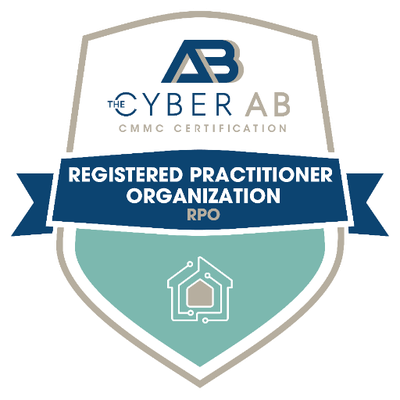Need to Meet CMMC Compliance?
Schedule Your CMMC Readiness Assessment
Fill out the form below to start the process
"*" indicates required fields
Learn More About CMMC and NIST Compliance
Check out some of our technology and DOD cybersecurity articles.
Contact us
About SSE
Contact Us
Interested in how SSE can optimize your business systems to ensure maximum availability and security? Contact our team today, and take a leap forward into the future of technology.
9666 Olive Blvd # 710,
St. Louis, MO 63132
info@sseinc.com | (314) 439-4700








The global supply chain crisis has revealed some pretty glaring holes in even the largest enterprises’ cybersecurity plans. To ensure your organization’s supply chain stays protected from the increasing threat of cyberattacks, consider these best practices as you fortify your security.
Review Supply Chain Asset and Access Inventory
Keeping accurate and comprehensive documentation of hardware, software, updates, patches and the corresponding traffic habits is a critical first step in planning effective mitigation tactics, especially in the present remote work landscape.
On the other side, it’s important to audit and map all vendors, third parties and employees who have access to your company’s supply chain data and assets. Failing to do so creates a blind spot in security management, so putting in place clear, finite parameters will decrease your supply chain cybersecurity risk.
Strengthen Third-Party Risk Management
Internal security management is unfortunately no longer enough to ensure a secure supply chain ecosystem. Having security protocols and parameters in place with your third-party partners will lower your supply chain risks, while also protecting your critical suppliers.
Some examples of what third-party risk management can look like:
Perform Vulnerability Management and Penetration Testing for Supply Chains
Sometimes, we don’t know where our supply chains are vulnerable until something attacks them. Fortunately, you don’t have to be a sitting duck to determine your weak spots. It’s recommended to run vulnerability scans to fix bad database configurations, poor password policies, eliminate default passwords and secure endpoints and networks.
These tests and scans reduce risk with minimal impact on your supply chain’s productivity or downtime.
Plan Incident Response and Execution for Supply Chains
When it comes to efficient supply chain management and cybersecurity, being proactive is the name of the game. Building an incident response plan for breaches, shutdowns or disruptions, and what to do in response is vital for any cybersecurity plan.
Not to mention, the metrics and learnings are useful to make decisions that can prevent attacks or incidents from occurring again.
Additional Supply Chain Risk Resources:
NIST: Best Practices in Cyber Supply Chain Risk Management
Keep Your Supply Chain Secure with SSE
Mitigating supply chain attacks can feel daunting, especially in light of recent news. SSE provides best-in-class cybersecurity services so your data stays protected with our cybersecurity services.
Contact us today to schedule a consultation and learn more about how our cybersecurity services could help protect your business and your supply chain!